The relentless rise in prices can feel like your money is shrinking. You’re not imagining things – it is! The relationship between inflation and purchasing power is a direct and often painful one. As inflation increases, your purchasing power decreases. Understanding this dynamic is crucial for managing your finances effectively and making informed decisions in today’s economic climate. This article breaks down the connection, explains how inflation chips away at your buying ability, and explores potential strategies to mitigate its effects.
Key Takeaways:
- Inflation directly reduces your purchasing power, meaning you can buy less with the same amount of money.
- The rate of inflation, measured by indices like the Consumer Price Index (CPI), indicates the extent of the decrease in purchasing power.
- Strategic financial planning, including investing in assets that outpace inflation, can help protect your purchasing power.
- Understanding government policies aimed at controlling inflation is essential for anticipating its potential inflation impact.
Understanding the Connection Between Inflation and Purchasing Power
Inflation, at its core, is the rate at which the general level of prices for goods and services is rising, and subsequently, purchasing power is falling. Central banks often target a specific inflation rate, often around 2%, as a sign of a healthy economy. However, when inflation exceeds this target, it can begin to erode the real value of your money.
Imagine you have $100. If the inflation rate is 5%, then next year, those same goods and services that cost $100 this year will cost $105. Your $100 will only buy you roughly 95% of what it could purchase previously. This difference highlights the core concept: as prices rise, your money buys less. The gb also face similar pressures.
The Consumer Price Index (CPI) is a commonly used measure to track changes in the prices paid by urban consumers for a basket of consumer goods and services. A higher CPI indicates a higher rate of inflation and, therefore, a greater decrease in purchasing power.
How Inflation Impact Diminishes Your Buying Ability
The inflation impact on purchasing power is pervasive and affects various aspects of your financial life. Salaries may not keep pace with rising prices, leading to a decrease in real income. Savings accounts with low interest rates can lose value over time as the inflation rate exceeds the interest earned. Retirees on fixed incomes are particularly vulnerable, as their income remains stagnant while the cost of living increases.
For example, consider a retiree receiving a fixed pension of $2,000 per month. If inflation is running at 4% annually, the real value of their pension decreases each year. They can buy less with the same amount of money, forcing them to cut back on expenses or draw down savings. This scenario highlights the real-world consequences of inflation’s erosion of purchasing power. The inflation impact on fixed income is a key concern for many.
Furthermore, inflation can distort investment decisions. Investors may be tempted to take on excessive risk in an attempt to achieve higher returns that outpace inflation, potentially leading to financial losses. Understanding the inflation impact on different asset classes is essential for making sound investment choices.
Strategies to Protect Your Purchasing Power From Inflation Impact
While you can’t control inflation itself, you can take steps to protect your purchasing power. One of the most effective strategies is to invest in assets that tend to outpace inflation over the long term. These include stocks, real estate, and commodities. While these investments carry their own risks, they have historically provided returns that exceed the rate of inflation.
Another strategy is to negotiate salary increases that keep pace with inflation. By ensuring your income keeps up with rising prices, you can maintain your standard of living. Budgeting and tracking expenses can also help you identify areas where you can cut back and save money.
Consider investing in Treasury Inflation-Protected Securities (TIPS). These bonds are indexed to inflation, meaning their principal value increases along with the CPI. TIPS can provide a hedge against inflation and help preserve your purchasing power.
Understanding Government Policies and the Inflation Impact
Government policies play a significant role in managing inflation and its impact on purchasing power. Central banks, such as the Federal Reserve in the United States, use monetary policy tools to control inflation. These tools include adjusting interest rates and managing the money supply.
Higher interest rates can help curb inflation by making borrowing more expensive, which slows down economic activity. However, higher interest rates can also negatively impact economic growth. Lowering interest rates can stimulate the economy but may also lead to higher inflation.
Fiscal policy, which involves government spending and taxation, can also affect inflation. Increased government spending can boost demand and potentially lead to higher prices, while tax increases can reduce demand and help control inflation. Understanding the implications of these policies is crucial for anticipating the inflation impact on your finances.









